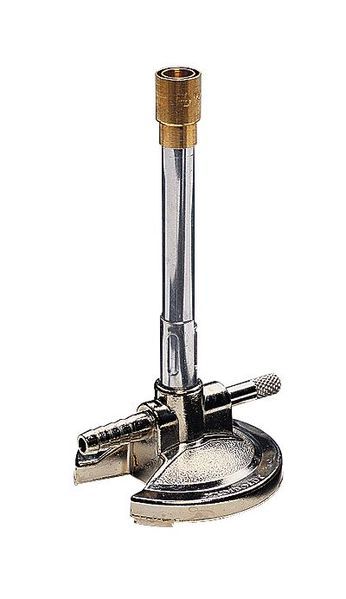-
 Dysentery
Dysentery
-
 Leaving group
Leaving group
-
 Carbon footprint
Carbon footprint
-
 Alluvial deposit
Alluvial deposit
-
 Morning-after pill
Morning-after pill
-
 Log in
Log in
-
 Anadromous
Anadromous
-
 Class III antiarrhythmics
Class III antiarrhythmics
-
 Anterior
Anterior
-
 Depression
Depression
-
 Translocation
Translocation
-
 Andropause
Andropause
-
 Antigen
Antigen
-
 Homo erectus
Homo erectus
-
 Integrated circuit
Integrated circuit
-
 Port
Port
-
 Predisposition
Predisposition
-
 Venus Entry Probe
Venus Entry Probe
-
 Pyelo-ureteric junction
Pyelo-ureteric junction
-
 Infusion
Infusion
-
 Premammalian
Premammalian
-
 Basaltic
Basaltic
-
 Glottis
Glottis
-
 PLC
PLC
-
 Apparent movement
Apparent movement
-
 Audiotex
Audiotex
-
 Acceleration of the expansion of the universe
Acceleration of the expansion of the universe
-
 Venom
Venom
-
 Vigabatrin
Vigabatrin
-
 Jerusalem artichoke
Jerusalem artichoke
Bunsen Burner
A Bunsen burner is a laboratory instrument which produces a flame. Despite its name, it was not invented by the chemist Robert Bunsen, but by one of his assistants, Peter Desdega (who had, in fact, perfected an invention by Michael Faraday).
Principle of the Bunsen burner
The Bunsen burner has the form of a chimney with a side input connector for inflammable gas. A collar is used to vary the intake of air from side openings in order to adjust the intensity and heat of the flame. Four types of flames can be distinguished:
- a bright, yellow flame, due to incomplete combustion, which has a temperature of approximately 800°C;
- a soft, blue flame;
- a medium flame which can almost not be seen ;
- and a strong flame due to complete combustion which cannot be seen but is heard (1,200°C).
Use of the Bunsen burner
The Bunsen burner is widely used in chemistry and biology laboratories.
It is used in chemistry to heat preparations in a test tube.
It is particularly used in biology to sterilise instruments (by passing them into the flame) and the air within a radius of 20 centimetres around the flame (essential for microbiology experiments).
 The Bunsen burner was invented in 1855 by Peter Desdega. © Nasa, Wikipedia, public domain
The Bunsen burner was invented in 1855 by Peter Desdega. © Nasa, Wikipedia, public domain
Latest
Fill out my online form.



